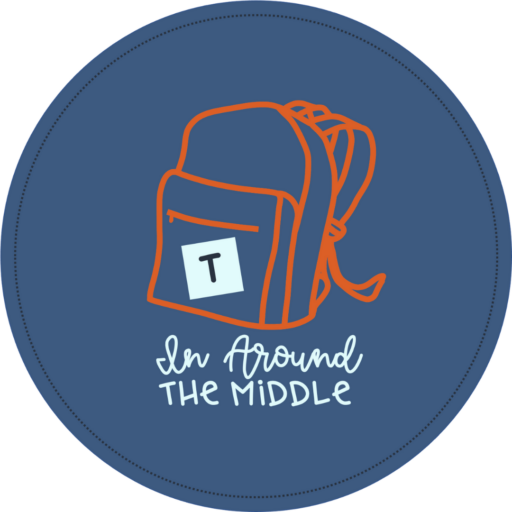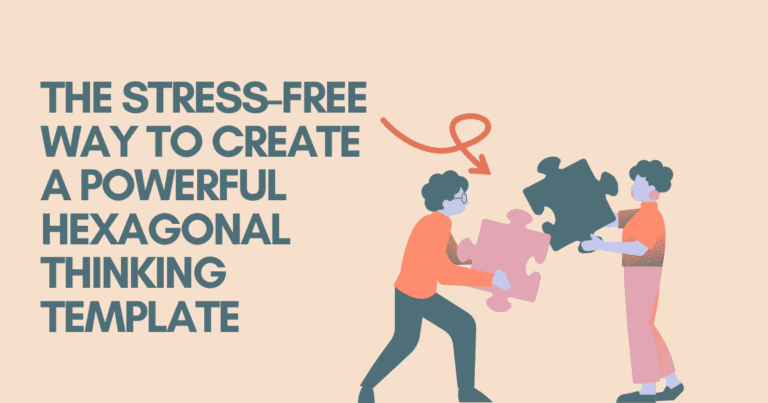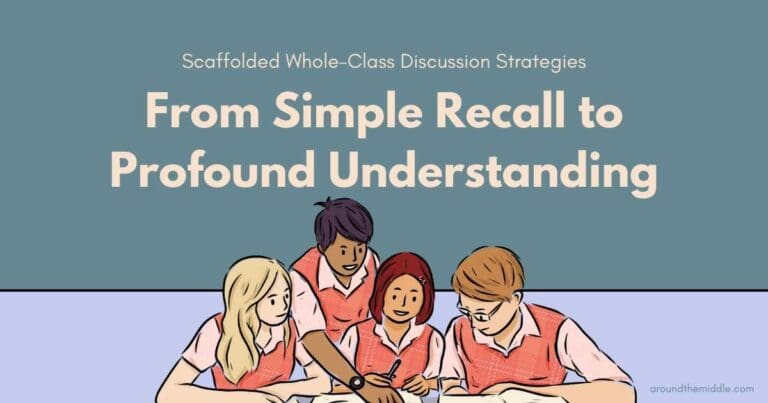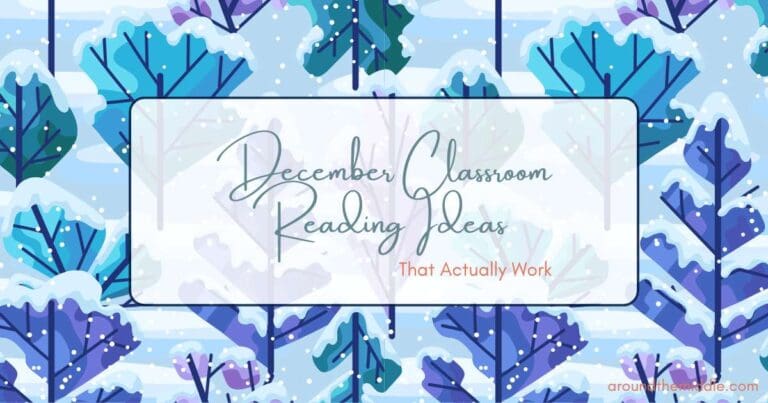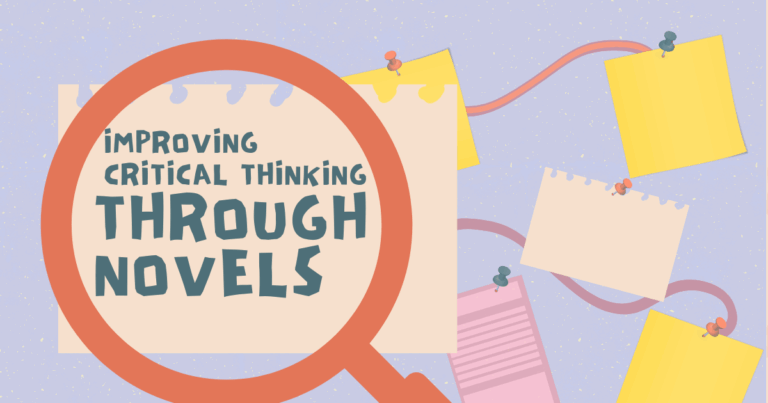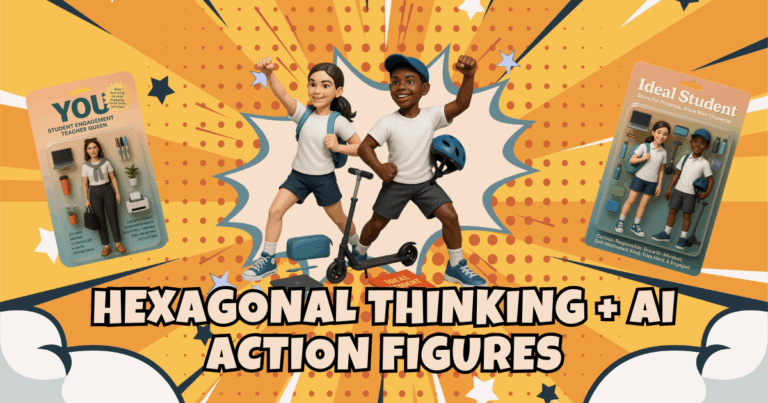Stress-Free Early Finisher Ideas Teachers Actually Love
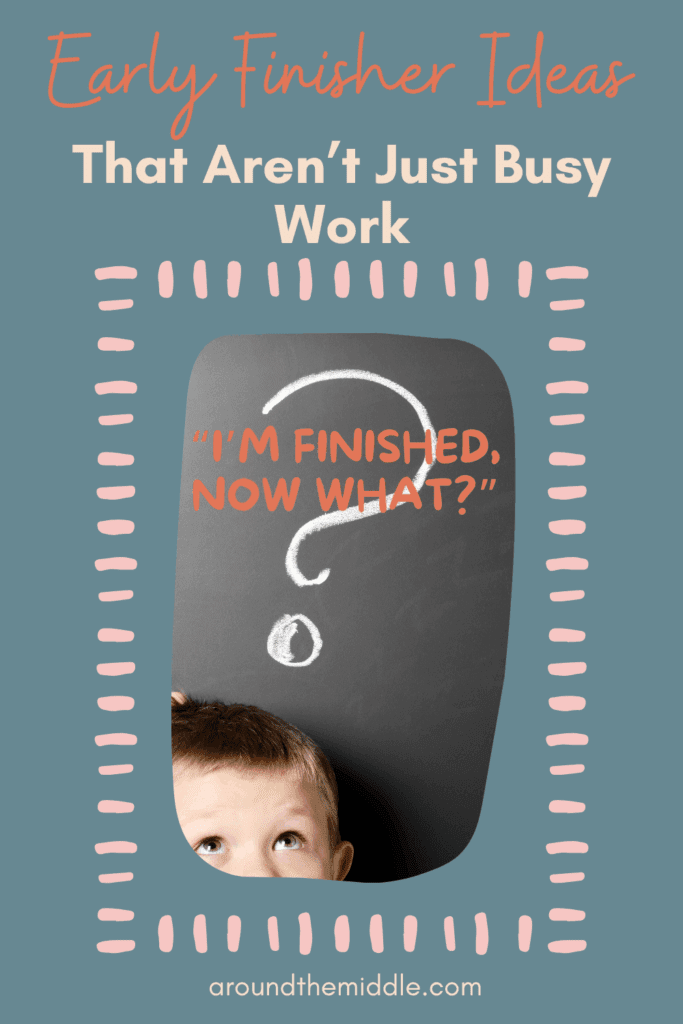
Early finishers are a constant in every classroom, and managing their time meaningfully can make or break your lesson flow. Too often, early finisher ideas become glorified busy work—crossword puzzles, colouring pages, or mindless apps that kill time rather than deepen learning. But it doesn’t have to be that way.
This post shares smart, time-saving strategies and ready-to-go early finisher ideas that reinforce classroom routines, extend thinking, and promote independent learning. Whether you’re launching novel studies, reviewing core skills, or building classroom community, these tips will help you put an end to the dreaded “I’m done, now what?” syndrome.

Create a Clear Early Finisher Ideas System
Instead of coming up with new early finisher ideas each week, create a consistent, easy-to-follow system. This could be:
- A physical “I’m Done” board with tiered activities
- A digital slide or anchor chart with options
- A color-coded routine by day (e.g., Creative Monday, Vocabulary Tuesday)
Students feel empowered when they know what to do and have ownership over their time. Now, I’m not promising they still won’t come up and say, “I’m done, what do I do?”, because I’m convinced they do that simply to drive me batty or have a betting pool going on who will make me crack first, but at least they will have the answer when you say, “You tell me.”
Set Parameters: It Has to Be Purposeful
One of the biggest mistakes with early finisher ideas is offering too much freedom—or not enough. Students either feel overwhelmed by open-ended options or trapped in monotonous, repetitive tasks. The key is setting clear, purposeful boundaries that give them some freedom without sacrificing structure.
Rather than asking students to simply “read quietly” or “choose something from the board,” try framing your expectations with three layers of guidance:
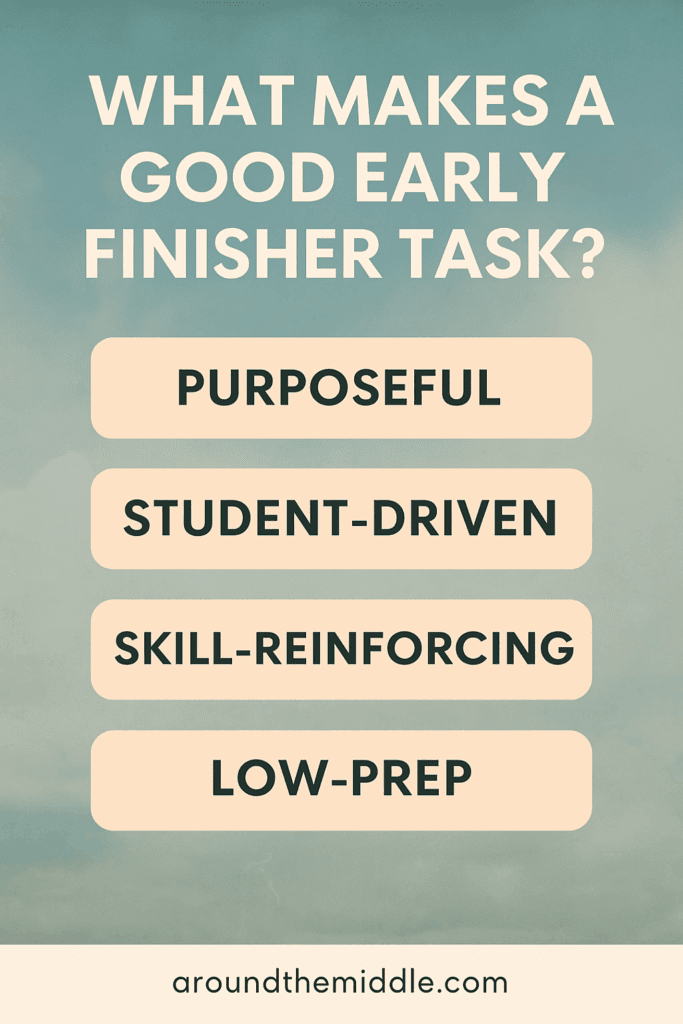
✅ Time-based limits:
Offer early finisher ideas that take 5–10 minutes max. This helps students manage their time without falling into something too time-consuming that they can’t finish or that disrupts the flow of your lesson transitions.
Example: “Choose one 5-minute early finisher activity that builds your vocabulary or comprehension. If you’re still waiting after that, choose a brain teaser.”
✅ Skill-focused categories:
Group early finisher ideas by purpose—like creative thinking, vocabulary building, comprehension, or novel connections. Students begin to understand that these options serve their learning, not just fill time.
Example:
| Category | Example Task |
|---|---|
| Vocabulary Boost | Create a short comic strip using 3 new words from your independent reading. |
| Creative Thinking | Complete a “what if” scenario about a character’s decision in the novel. |
| Text Connection | Use a hexagonal thinking card to link today’s reading to a real-world issue. |
✅ Personal ownership:
Let students track which early finisher categories they’ve used over the week. A simple punch card, mini reflection sheet, or sticker system builds reflection and helps you monitor for variety and growth. It also discourages over-reliance on one “easy” option.
💡 Tip: Make this visible—post the week’s early finisher options on the board, categorized by purpose, and rotate weekly. Include a blend of print and digital formats if possible.
By setting parameters, you’re not restricting student freedom—you’re ensuring their time is used meaningfully. This strategy builds stronger independent learners and reinforces your classroom routines with intention.t.
Use Early Finisher Activities to Preview or Revisit Content
Use early finisher time to:
- Preview vocabulary or concepts from an upcoming unit
- Revisit a challenging concept from last week’s math
- Create anchor charts or graphic notes from today’s learning
- Record questions students still have or want to explore
This ties the extra time directly back into academic growth.
Let Them Work With a Purpose
Let early finishers contribute in meaningful ways:
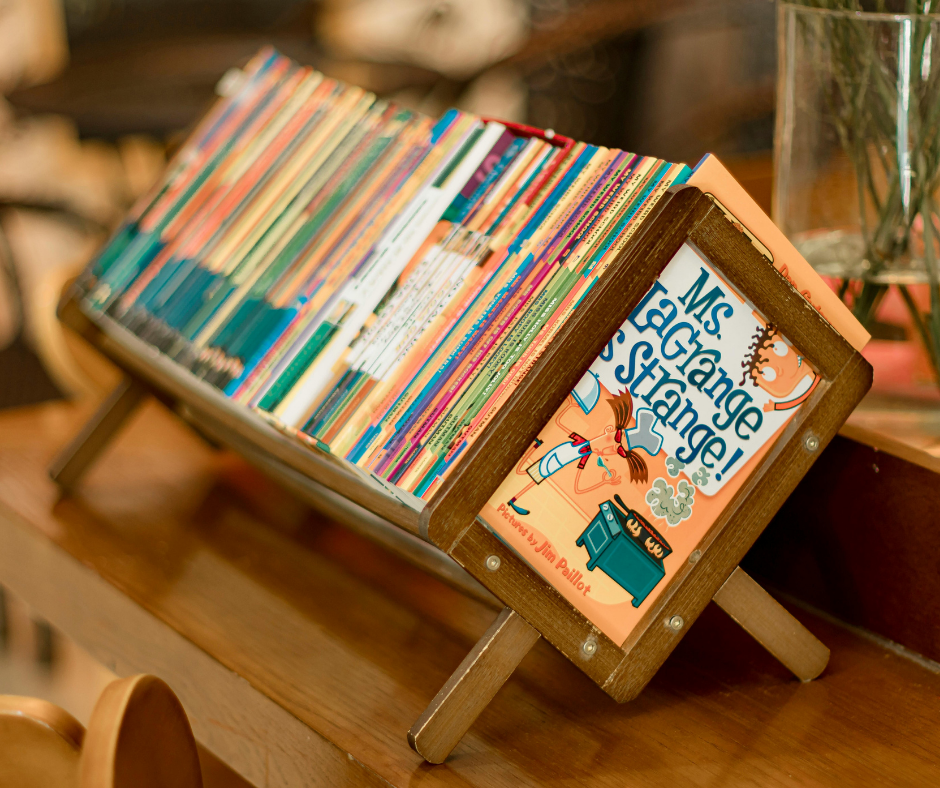
- Create a book display for a genre
- Record a how-to video for a math concept
- Organise classroom materials
- Recommend books to peers and post their reviews
When students contribute to the classroom, it reinforces their identity as learners and leaders.
Use Ready-to-Go Early Finisher Ideas That Aren’t Just Busy Work
If you’re short on prep time (who isn’t?), here are purposeful, engaging early finisher ideas that are classroom-tested:
- Figurative Language Detective: Students find figurative language in their independent reading or classroom texts. Use this free figurative language resource to get started quickly.
- Task Card Stations: Set up rotating skills stations using my $1 task card sets on TPT. Students can work independently or with a partner to solve, explain, or extend the tasks.
- Novel Hexagon Connections: Early finishers create connections between characters, themes, and settings using hexagons. This promotes higher-order thinking and discussion. See this blog post on creating your own hexagonal thinking for examples and ideas.
- Quick Writes With a Twist: Post a “Would You Rather,” moral dilemma, or creative prompt. Students write and then swap papers to respond to a peer’s thinking.
- Sketch Notes: Let students visualize their learning with a sketch note template tied to current units.
- Choice Board Challenges: Include options like “Teach it,” “Write it,” “Build it,” or “Research it” using classroom topics.
Conclusion: More Than Just Time Fillers
Early finisher ideas don’t need to be elaborate—they just need to be intentional. With a strong structure and meaningful choices, you can turn fast finisher moments into opportunities for growth, creativity, and student agency. It’s not about keeping them busy—it’s about keeping them learning.
Happy teaching
